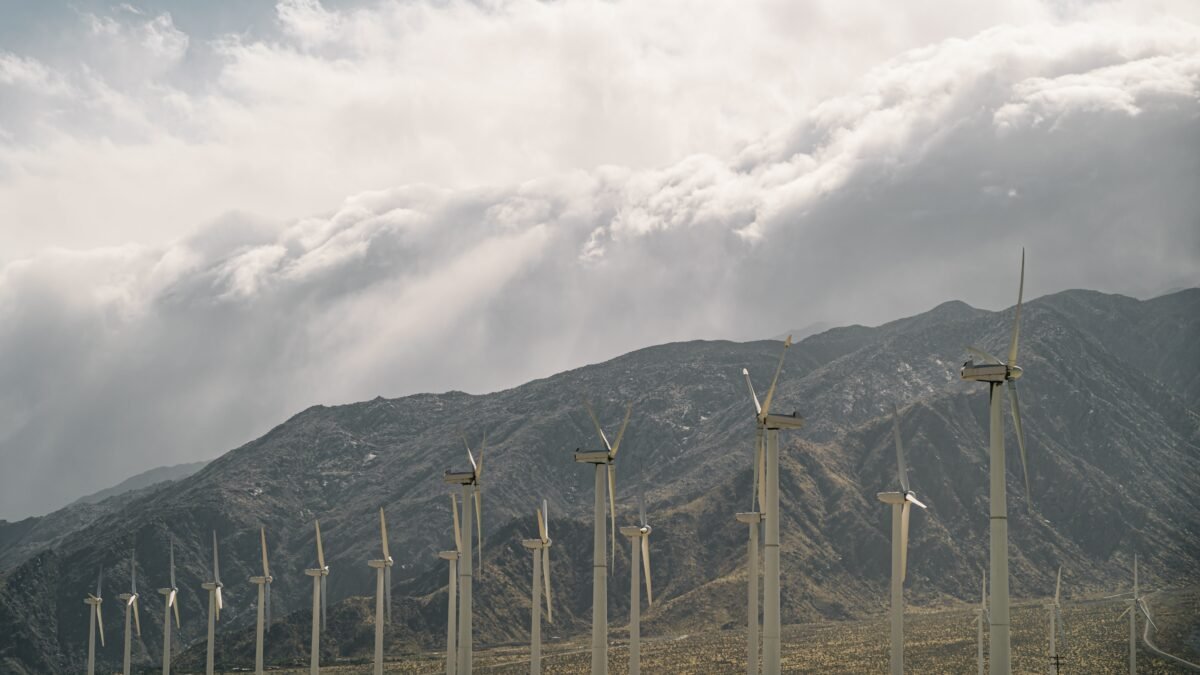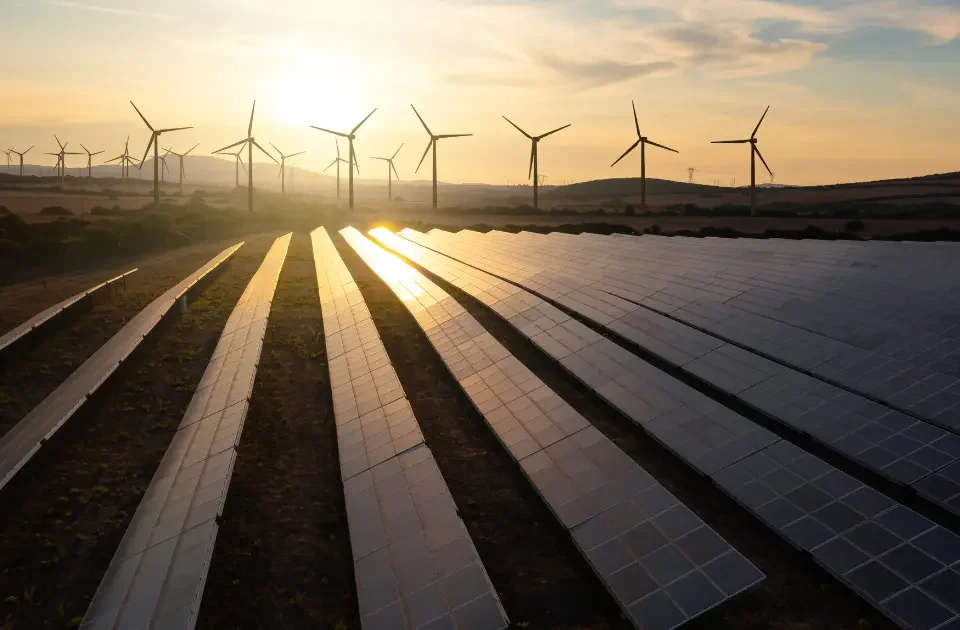As the world grapples with the pressing need to transition to clean and sustainable energy sources, wind power has emerged as a formidable player in the field of renewable energy. The technology that captures the kinetic energy of the wind and converts it into electricity is primarily centered around wind turbines. To truly harness the power of the wind, it’s essential to grasp the intricate dynamics of these towering giants.
The Basic Anatomy of a Wind Turbine
A wind turbine is a complex machine designed to capture and convert wind energy into electricity. Its core components include:
- Rotor Blades: These are the large, aerodynamic blades that capture the wind’s kinetic energy. They’re designed to efficiently collect wind energy and convert it into rotational motion.
- Nacelle: The nacelle is the housing atop the tower that contains the gearbox, generator, and other critical components. It’s the heart of the wind turbine where electricity generation takes place.
- Tower: The tower provides elevation to the turbine, allowing it to reach higher wind speeds, which are generally stronger at greater heights.
The Aerodynamics of Rotor Blades
The rotor blades are the most visually striking part of a wind turbine, and their design is crucial to its efficiency. They are designed with an airfoil shape, similar to an airplane wing. This design allows the blades to take advantage of the Bernoulli principle, creating lower air pressure on the curved side of the blade and generating lift. This lift force causes the blades to spin, converting wind energy into rotational kinetic energy.
The pitch of the blades can be adjusted to optimize power production. When wind speeds are too low or too high, the pitch angle can be altered to maintain the most efficient rotation speed and prevent damage to the turbine.
The Conversion Process: From Mechanical to Electrical Energy
Inside the nacelle, the kinetic energy from the spinning rotor blades is converted into electrical energy. This process involves several key components:
- Gearbox: The gearbox increases the rotational speed of the rotor shaft to a level suitable for the generator.
- Generator: The generator is where the magic happens. It converts the mechanical energy from the spinning rotor into electrical energy, typically in the form of alternating current (AC).
- Power Electronics: These devices ensure the electrical output from the generator is compatible with the grid and can be efficiently transmitted.
Efficiency and Wind Speed
Wind turbines are designed to operate within specific wind speed ranges to achieve maximum efficiency. At low wind speeds, they may not generate enough energy to be economically viable. At high wind speeds, the blades can become overloaded, and safety mechanisms may shut the turbine down to prevent damage.
Additionally, wind turbines are often installed in wind farms, where multiple turbines work together to capture wind energy efficiently. Their placement within these farms is carefully planned to minimize the interference of one turbine’s wake with another, optimizing energy production.
The Future of Wind Power
Wind turbines have come a long way since their inception, with technological advancements continually increasing their efficiency and reducing costs. As we strive for a more sustainable future, wind power remains a crucial component of our clean energy portfolio.
Understanding the dynamics of wind turbines is not only fascinating but also vital as we harness the immense potential of wind energy. With further research, innovation, and the expansion of wind power infrastructure, we can make significant strides toward a greener and more sustainable energy landscape. Wind turbines, standing tall and graceful against the horizon, represent our commitment to taming the wind and securing a cleaner and brighter future for generations to come.




